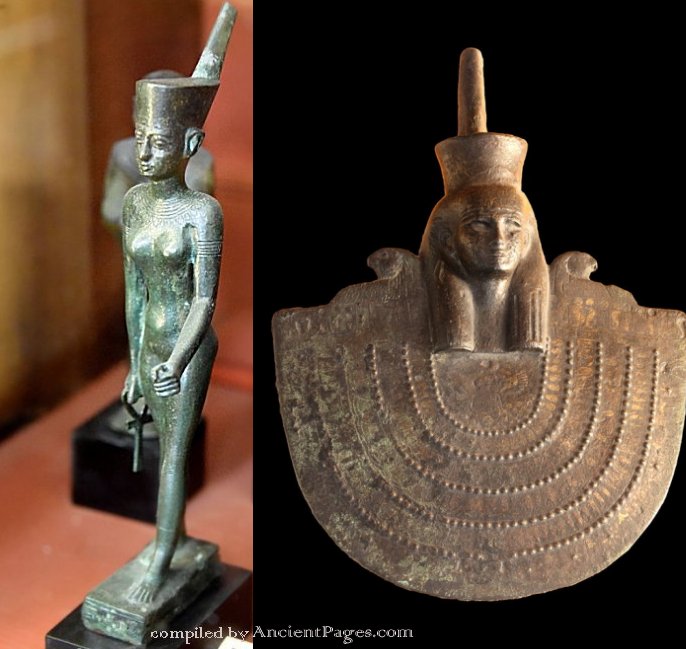Magnificent Pre-Dynastic City Of Sais And Its Lost Neglected Ruins
A. Sutherland - AncientPages.com - The history of Sais goes back to Egypt's pre-dynastic times (before 3100 BC). It was once a beautiful Egyptian city located in the western Egyptian delta along the right bank of the Rosetta Branch of the Nile River.
Left: Goddess Neith. Image credit: Osama Shukir Muhammed Amin FRCP(Glasg) - CC BY-SA 4.0; Right: Goddess Neith. Image credit: Right: Aegis of Neith, Twenty-sixth dynasty of Egypt - Museum of Fine Arts of Lyon. Rama - CC BY-SA 2.0 fr
Today, the only visible ruins of the city near the village of Sa al-Hadjar are dated to the Late New Kingdom (c.1100 BC).
There are no surviving traces of this town prior to this period of time, but it is scientifically attested that the history of Sais goes back to pre-dynastic times. From the 3rd millennium BC, Sais was a famous economic, political, and religious center of the goddess of war and hunting, Neith, whose temple was to be erected by the founder of the first Dynasty.
Known as a center for science and the arts, the city was first mentioned in inscriptions of the archaic period. However, it played an important role in all historical periods and was most important in the late ages. It was then the state capital during the reign of the XXIV and XXVI dynasties.
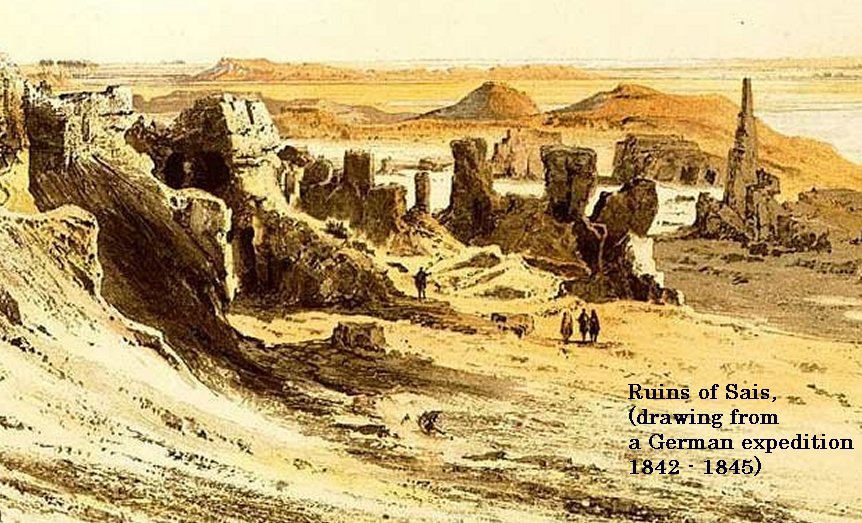
Herodotus and some other ancient sources confirm that Sais was a prestigious city of northern Egypt about 3100 BC, full of magnificent buildings and royal crypts, and the wives of the rulers of the first Dynasty (Merneit, Meritneit) had come from Sais.
Amasis, who ruled for 44 years and made many contributions to the country, was probably the 5th ruler of Egypt during the 26th Dynasty and has been called the last great Egyptian Pharaoh.
He established himself at Sais in Northern Egypt, and there – like in many other places in Egypt – he ordered the building of monumental buildings, including his tomb at Sais, which was unfortunately never discovered. Still, according to Herodotus' description, the tomb was beautiful:
'It is a great cloistered building of stone, decorated with pillars carved in the imitation of palm-trees, and other costly ornaments. Within the cloister is a chamber with double doors, and behind the doors stands the sepulchre…"
In the age of the Ptolemies (323 to 30 BC), Sais was an important center.
Ancient Sais was the center of the cult of the goddess of war and hunting, Neith, the patron goddess of Sais, a great protector of the people of the land, and the most accomplished mediator between humanity and the gods. From the Late Period (1000 BC onwards), the Neith temple was a center of pilgrimage.
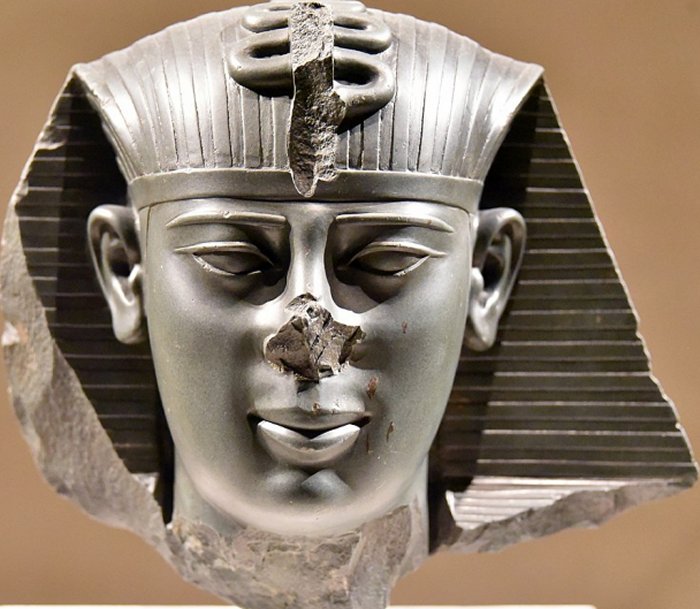 Head of Amasis II. Saite period, 26th Dynasty, c. 550 BCE. From Egypt. Neues Museum, Berlin, Germany. Greywacke, ÄM 11864. source
Head of Amasis II. Saite period, 26th Dynasty, c. 550 BCE. From Egypt. Neues Museum, Berlin, Germany. Greywacke, ÄM 11864. source
However, Sais had several other temples dedicated to the creator god Atum and one dedicated to the Egyptian Lord of the Underworld and Judge of the Dead, Osiris.
According to Herodotus, the grave of Osiris was located at Sais. The Temple of Sais had a medical school associated with it. The medical school at Sais had many female students and apparently women faculty, mainly in gynecology and obstetrics.
An inscription from the period survives at Sais and reads:
"I have come from the school of medicine at Heliopolis and have studied at the women's school at Sais, where the divine mothers have taught me how to cure diseases…".
Many kings of Sais were clever men; among them was King Nekau of the Twenty-sixth Dynasty, who ruled for 15 years and sent an expedition that circumnavigated Africa. King Nekau was the ruler who started the construction of a canal from the Nile to the Red Sea, later completed by the Achaemenid king Darius I.
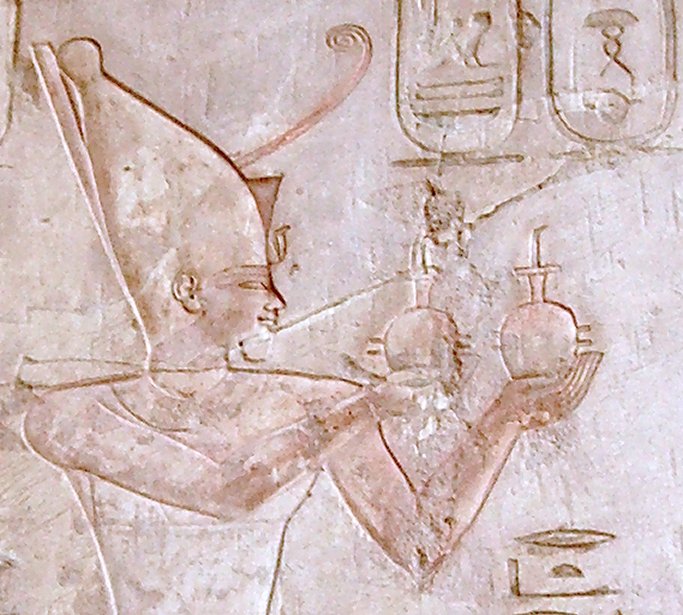 Relief of Psamtik I making an offering to Ra-Horakhty (Tomb of Pabasa). source
Relief of Psamtik I making an offering to Ra-Horakhty (Tomb of Pabasa). source
Necho I, appointed by the Assyrian king Esarhaddon, extended his jurisdiction over the Delta and Memphis after his conquest of Egypt in 671 BC. His son Psamtik I successfully reunited the whole of Egypt and founded the twenty-sixth Dynasty. Later, the successive kings of this Dynasty enlarged and embellished Sais.
The Persians invaded Egypt in 525 BC, just after Psamtek III became king. The fate of the city of Sais is not precisely known, but it is known that after ascending the throne, the Persian king Cambyses marched against Egypt, where he ruined the tomb of Amasis (also known as Ahmose II, which means "The Moon is Born, Son of Neith"). Moreover, he also thoroughly destroyed the city, including several temples.
The city was never subject to systematic archaeological research, and in ancient times, it was better known from historical sources of Herodotus and Strabo and descriptions of travelers.
Written by – A. Sutherland - AncientPages.com Senior Staff Writer
Updated on January 27, 2024
Copyright © AncientPages.com All rights reserved. This material may not be published, broadcast, rewritten or redistributed in whole or part without the express written permission of AncientPages.com
Expand for referencesMore From Ancient Pages
-
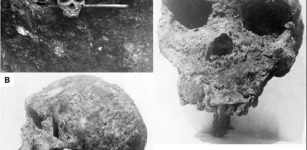 Evolution Puzzle – Broken Hill Skull And Homo Heidelbergensis Cast Doubt Over Modern Human Ancestry
DNA | May 29, 2023
Evolution Puzzle – Broken Hill Skull And Homo Heidelbergensis Cast Doubt Over Modern Human Ancestry
DNA | May 29, 2023 -
 Centuries-Old Authorship Mystery – Solved By Stanford Musicologist Jesse Rodin
Archaeology | Jul 18, 2022
Centuries-Old Authorship Mystery – Solved By Stanford Musicologist Jesse Rodin
Archaeology | Jul 18, 2022 -
 Mystery Of Ancient New York Giants – Who Was Really Buried In The Druid Barrow?
Featured Stories | Oct 28, 2017
Mystery Of Ancient New York Giants – Who Was Really Buried In The Druid Barrow?
Featured Stories | Oct 28, 2017 -
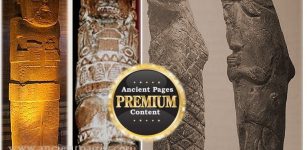 Mysterious Water Indians: Brotherhood Of Semi-Divine Beings Described As Half Men And Half Fish
Featured Stories | Jul 8, 2014
Mysterious Water Indians: Brotherhood Of Semi-Divine Beings Described As Half Men And Half Fish
Featured Stories | Jul 8, 2014 -
 Moll Cutpurse – London’s Queen Of Thieves
Featured Stories | Jan 15, 2019
Moll Cutpurse – London’s Queen Of Thieves
Featured Stories | Jan 15, 2019 -
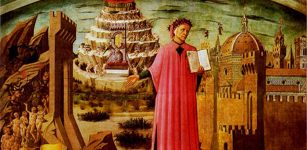 On This Day In History: Dante Alighieri Famous For His ‘Divine Comedy’ Born – On May 9, 1265
News | May 9, 2016
On This Day In History: Dante Alighieri Famous For His ‘Divine Comedy’ Born – On May 9, 1265
News | May 9, 2016 -
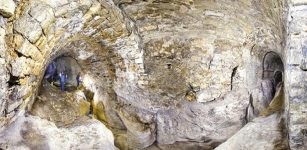 Centuries-Old Hidden Tunnels Will Be A New Tourist Attraction In Turkey
Archaeology | Apr 27, 2020
Centuries-Old Hidden Tunnels Will Be A New Tourist Attraction In Turkey
Archaeology | Apr 27, 2020 -
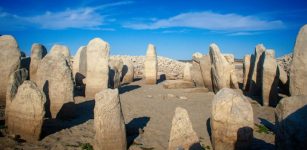 Stunning Spanish Stonehenge Built By The Celts Revealed By Drought
Archaeology | Aug 27, 2019
Stunning Spanish Stonehenge Built By The Celts Revealed By Drought
Archaeology | Aug 27, 2019 -
 Ancient Symbol Seed Of Life Contains Hidden Secrets Of The Seven Days Of Creation
Ancient Symbols | Oct 8, 2017
Ancient Symbol Seed Of Life Contains Hidden Secrets Of The Seven Days Of Creation
Ancient Symbols | Oct 8, 2017 -
 Ancient Jericho – City Of Giants And Home Of The Mighty Gibborim
Biblical Mysteries | Jun 28, 2017
Ancient Jericho – City Of Giants And Home Of The Mighty Gibborim
Biblical Mysteries | Jun 28, 2017 -
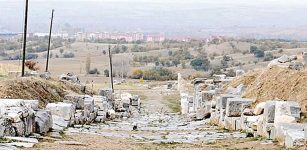 Ancient Pisidia Antiocheia – Excavations In An Important Center Of Early Christianity
Civilizations | Sep 27, 2015
Ancient Pisidia Antiocheia – Excavations In An Important Center Of Early Christianity
Civilizations | Sep 27, 2015 -
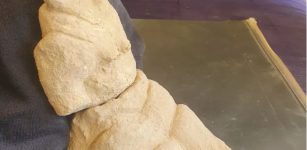 8,000-Year-Old Yarmukian ‘Mother Goddess’ Figurine Discovered In Israel
Archaeology | Jul 18, 2022
8,000-Year-Old Yarmukian ‘Mother Goddess’ Figurine Discovered In Israel
Archaeology | Jul 18, 2022 -
 Catherine Of Alexandria Courageously Confronted 50 Pagan Philosophers And Was Sentenced To Death
Featured Stories | Oct 15, 2018
Catherine Of Alexandria Courageously Confronted 50 Pagan Philosophers And Was Sentenced To Death
Featured Stories | Oct 15, 2018 -
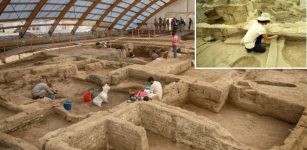 Unique And Unusually Large 8000-Year-Old Building Discovered At Çatalhöyük Site, Turkey
Archaeology | Sep 26, 2022
Unique And Unusually Large 8000-Year-Old Building Discovered At Çatalhöyük Site, Turkey
Archaeology | Sep 26, 2022 -
 Sir Christopher Wren – Genius Mind Of Most Influential British Architect Of All Time
Featured Stories | Feb 22, 2016
Sir Christopher Wren – Genius Mind Of Most Influential British Architect Of All Time
Featured Stories | Feb 22, 2016 -
 All 5 Genetic ‘Letters’ Of DNA May Have Been Brought By Meteorites To Ancient Earth
DNA | May 21, 2022
All 5 Genetic ‘Letters’ Of DNA May Have Been Brought By Meteorites To Ancient Earth
DNA | May 21, 2022 -
 Herne The Hunter – The Horned God And Lord Of The Forest In British Mythology
Featured Stories | Jan 12, 2016
Herne The Hunter – The Horned God And Lord Of The Forest In British Mythology
Featured Stories | Jan 12, 2016 -
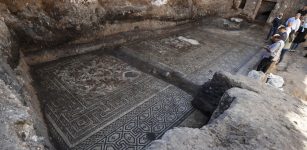 Rare Roman Mosaic Of Amazon Warriors Unearthed In Syria Hailed As Major Archaeological Discovery
Archaeology | Oct 12, 2022
Rare Roman Mosaic Of Amazon Warriors Unearthed In Syria Hailed As Major Archaeological Discovery
Archaeology | Oct 12, 2022 -
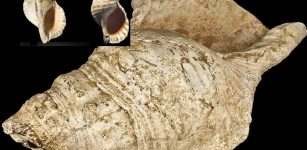 18,000-Year-Old Seashell Was Musical Wind Instrument Used By Magdalenian People
Artifacts | Feb 11, 2021
18,000-Year-Old Seashell Was Musical Wind Instrument Used By Magdalenian People
Artifacts | Feb 11, 2021 -
 Mysterious Unknown Strange-Looking Ancient Seafarers – Survivors Of A Now Vanished Race?
Civilizations | Oct 11, 2022
Mysterious Unknown Strange-Looking Ancient Seafarers – Survivors Of A Now Vanished Race?
Civilizations | Oct 11, 2022

